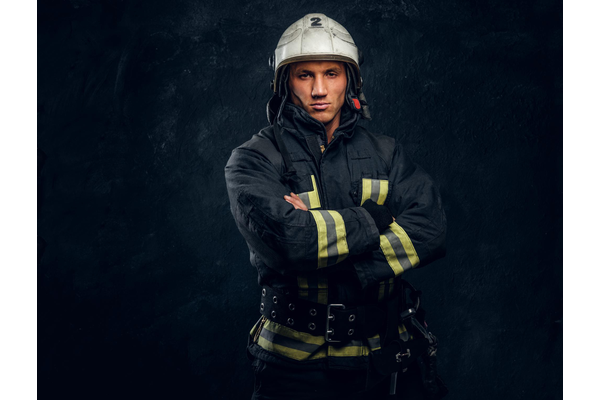Understanding Flame-Resistant Clothing & NEPA Guidance For Safety
Flame-resistant (FR) clothing serves as a critical component of personal protective equipment (PPE) across various industries.
It offers protection against potential hazards such as energized circuit panels, electric arcs, molten metal, and faulted conductors.
The Occupational Safety and Health Administration (OSHA) mandates the use of FR PPE in environments where exposure to these dangers is prevalent.
Let us explore the benefits of FR clothing and the guidance for safety so that you can judge what to buy to keep yourself protected from any accident.
Key Benefits of FR Clothing
FR clothing provides an additional layer of defense for professionals working in environments with combustible materials. Its ability to self-extinguish upon contact with flames significantly reduces the risk of burns.
Apart from that, the insulation provided by FR clothing helps minimize the severity of injuries in the event of combustion, particularly reducing the risk of second and third-degree burns.
Whether laundered for reuse or purchased as disposable items, FR clothing requires proper maintenance to ensure its effectiveness.
Manufacturers typically provide guidelines for washing, emphasizing the avoidance of bleach or peroxide and recommending specific laundering methods such as cold water wash cycles and tumble drying.
Differentiating FR and AR PPE
It's essential to distinguish between FR clothing and arc-rated (AR) PPE, as the latter denotes a tested degree of protection against electrical arcs.
The shift from "FR clothing" to "arc-rated PPE" by the National Fire Protection Association (NFPA) reflects the need for precise designation of protective gear based on rigorous testing criteria.
NFPA Standards: Guidance for Safety
While not legally binding, NFPA standards offer valuable guidance for workplace safety. NFPA 70E sets guidelines for electrical safety, while NFPA 2112 and 2113 outline requirements for flame-resistant clothing and its maintenance.
The ASTM D6413 Vertical Flame Test assesses the resistance of garments to flames, providing a basis for determining their suitability for specific work environments.
This test evaluates factors such as after flame, afterglow, and char length to determine compliance with safety standards.
Industries Requiring FR or AR PPE
Industries requiring FR or AR PPE encompass a broad spectrum, including firefighting, oil and gas, electrical work, construction, mining, and metal processing.
Each profession faces unique hazards that necessitate appropriate protective measures.
Employers bear the responsibility of conducting hazard assessments to identify risks and provide suitable PPE to employees.
This proactive approach ensures workplace safety and minimizes the likelihood of accidents or injuries.
Prioritizing Worker Safety
In conclusion, the importance of FR and AR PPE cannot be overstated in industries where exposure to fire, electrical hazards, and combustibles is prevalent.
By adhering to established standards and prioritizing worker safety, employers can mitigate risks and create a secure work environment for their personnel. Whether through rental programs or in-house laundering, ensuring the availability and upkeep of protective clothing is paramount for safeguarding workers' well-being.
Follow us on:
Facebook | Instagram | LinkedIn | Twitter | Google My Business




